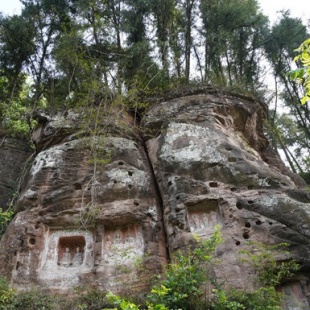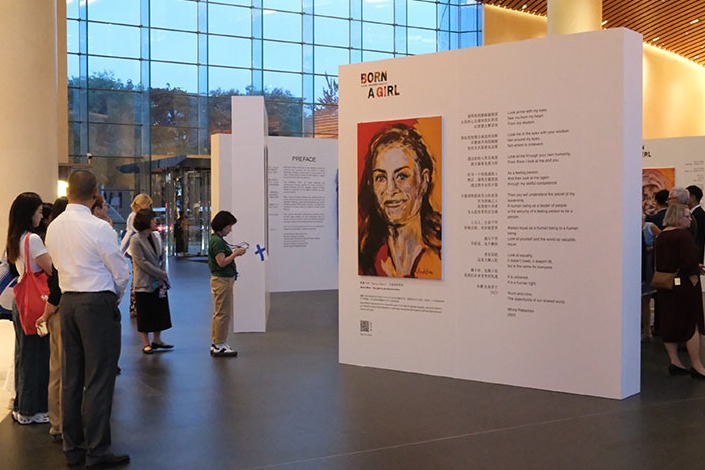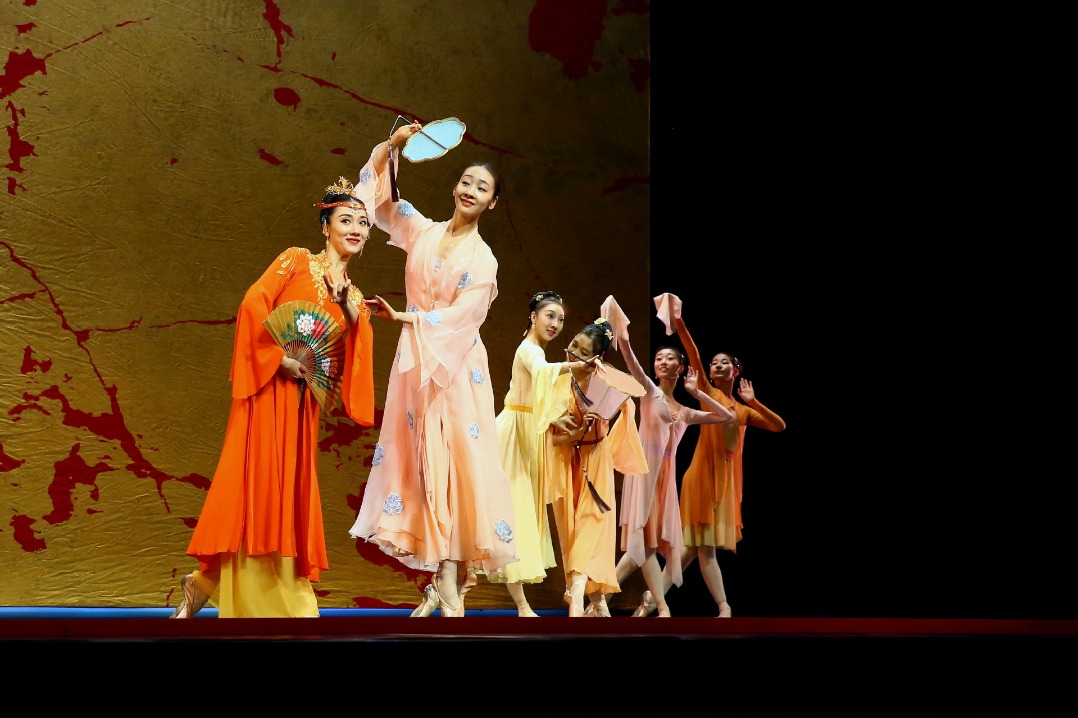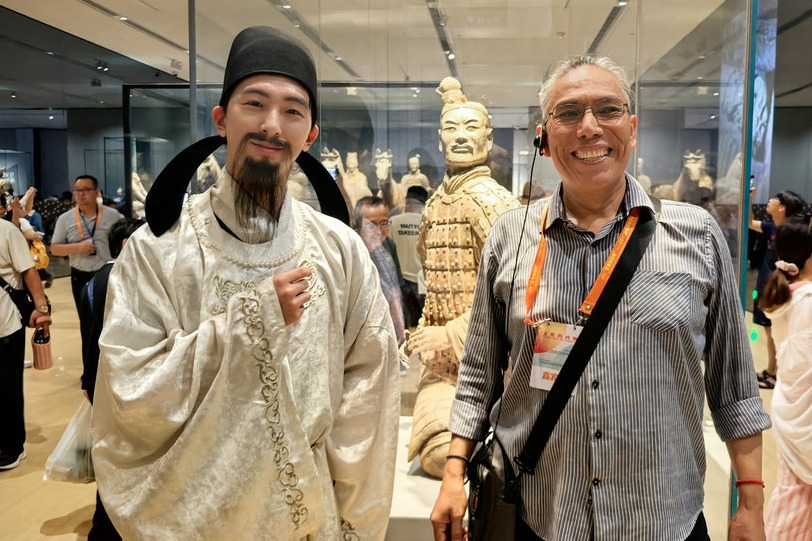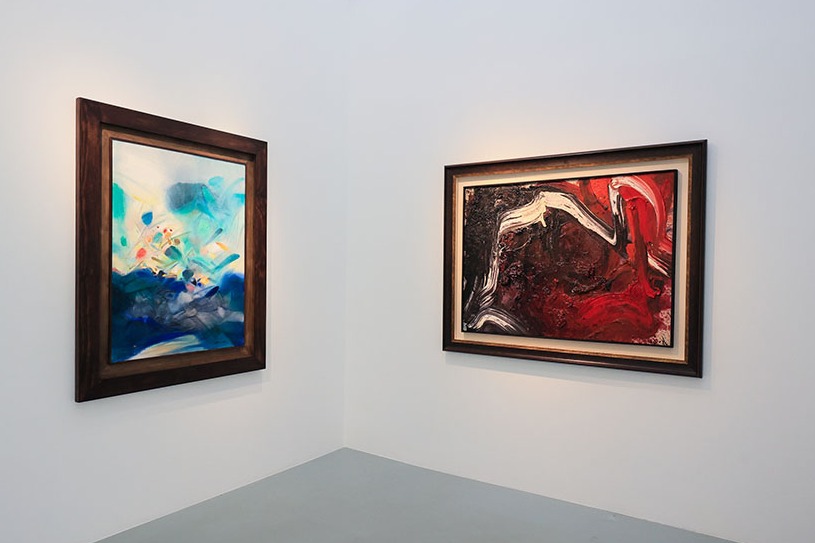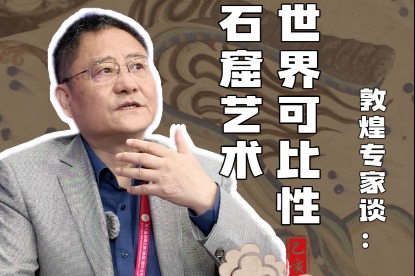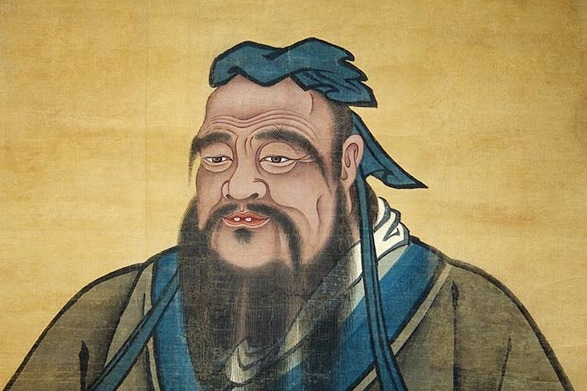Uncovering history of precious grottoes

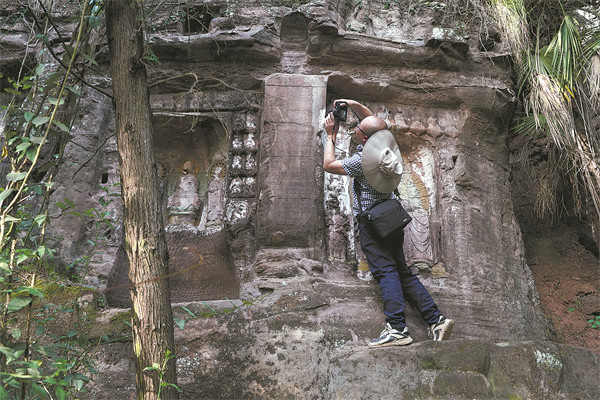
During the fourth national census on cultural relics, the county's 10 teams have rechecked all the 912 immovable cultural relics registered during the third national survey, and discovered 321 new heritage sites so far.
About 2 kilometers away from the first cluster is another site of rock-cut Buddhist and Taoist statues, in Tangjiagou. One of the two surviving cliff inscriptions concludes with a specific date marked with a reign title of Tang Emperor Wenzong, indicating that the note was carved in the year 835.
"Both sites hold significant value for the study of religious statues and the evolution of beliefs in the Sichuan-Chongqing region," Yang says.
According to him, the county's heritage conservation tasks include systematically categorizing all stone carvings, meticulously documenting them, and installing protective signage. "Stone carvings face risks such as weathering, water erosion and biological deterioration. We should take full conservation measures based on research findings."
He says the county's vast scattered stone carvings make comprehensive inventory efforts challenging. Following the fourth national census directive to register all relics, teams have documented some previously unrecorded sites.
Starting from this year, the county government has allocated 10 million yuan ($1.39 million) annually for three consecutive years to address critical conservation challenges of key cultural heritage.
Tan Chang, deputy county head, says Anyue's mechanism has benefitted the fourth national census. For example, the county leadership has direct charge of the survey. This allows cross-department coordination, work incentive systems and mentorship paring experienced veterans with younger team members.
Teams visit across the county to raise awareness of cultural heritage protection and gather clues about relics. The authorities also encourage villagers to be volunteering guardians of cultural relics.


